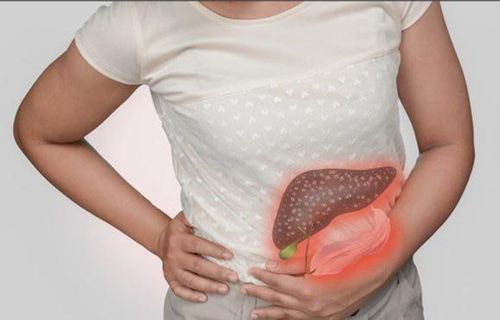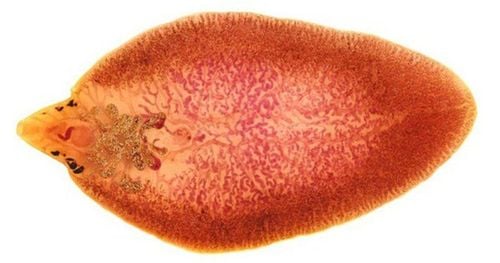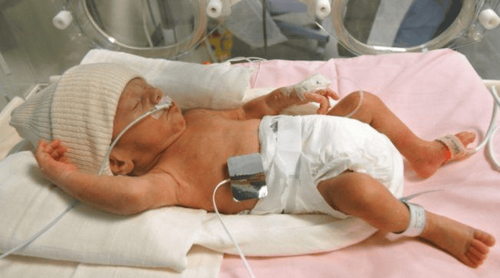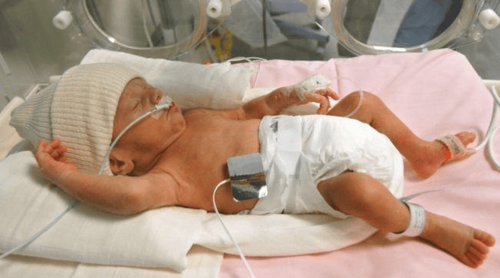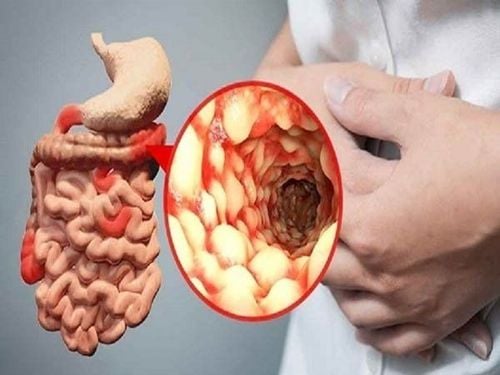This is an automatically translated article.
The article is professionally consulted by Master, Doctor Nguyen Huy Nhat - Department of Medical Examination & Internal Medicine - Vinmec Danang International General Hospital.Respiratory failure is a condition in which the respiratory system is not able to maintain gas exchange according to the body's needs, ensuring oxygen supply to the body is an important factor determining the patient's life. The method of continuous positive pressure breathing in the treatment of respiratory failure helps to reduce symptoms of respiratory failure and restore respiratory function. Thanks to the implementation of this method, it limits the use of invasive methods, thereby reducing the risk of complications.
1. What is continuous positive airway pressure?
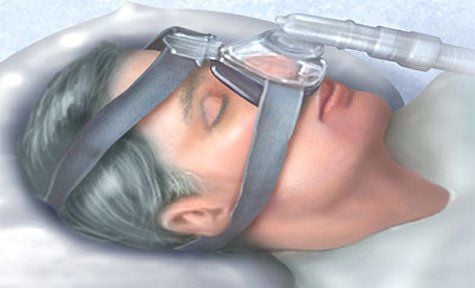
Working principle of continuous positive pressure breathing method:
Normal during spontaneous breathing: The airway pressure will be more negative than atmospheric pressure during inspiration, more positive during expiration, and return to zero. 0 at the end, exhale. When breathing CPAP: The CPAP system will create a continuous positive pressure on the airway, including the time of inspiration and expiration. For example, when breathing CPAP at 5mmH2O, then the end-expiratory pressure is positive 5cmH2O. The airway pressure curve is raised 5 cmH2O above the horizontal axis. Thereby helping the alveoli not collapse at the end of expiration, increasing gas exchange, reducing respiratory work. The CPAP system consists of a system that produces a continuous flow of (warmed and humidified) air to the patient throughout the breathing cycle and a PEEP generator that is placed at the end of the airway to create positive pressure. on the airway. The above system is connected to the patient by endotracheal tube, nasal cannula, nasal cannula or mask depending on the type of CPAP.
NCPAP (Nasal Continuous Positive Airway Pressure): Breathe continuously through the nose. As a noninvasive method of positive pressure breathing, the CPAP system is connected to the patient via the nasal cannula, which is available in a variety of cannula sizes for different ages.
2. The effect of breathing NCPAP
Non-invasive respiratory support in patients with respiratory failure who is still breathing on their own and fails to use oxygen, highly effective, easy to apply and safe in children Reduce mortality Reduce intubation rate and mechanical ventilation thereby reducing the risk of complications due to mechanical ventilation, especially nosocomial infections Help alveoli not collapse at the end of expiration, increase functional residual capacity, increase gas exchange, increase blood oxygen Thanks to the positive pressure, it reduces the amount of fluid from the capillaries into the alveoli (causing pulmonary edema).3. Indications and contraindications of NCPAP
3.1 Indications Children with respiratory failure. The patient is asphyxiated. The patient has pulmonary edema, pleural effusion, bronchiolitis. Patient has acute respiratory distress syndrome. The patient has endothelial disease. The patient had an episode of apnea of prematurity. A patient with pneumonia inhaled meconium. The patient had atelectasis due to sputum obstruction. The patient suffered pulmonary contusion due to chest trauma. Patients after chest surgery and need to wean off ventilators. 3.2 Contraindications Undrained pneumothorax, hypovolemic shock or increased intracranial pressure. Cases of impaired consciousness, uncoordinated to run the machine. Patients with respiratory arrest and paralysis of the respiratory muscles should not use this method.4. Continuous positive pressure breathing in the treatment of respiratory failure

Respiratory failure is a consequence of many causes. In patients with respiratory failure, they still have the ability to breathe on their own but cannot ensure oxygen supply to the body. body, the patient still has signs of shortness of breath when breathing oxygen.
The use of continuous positive nasal pressure breathing (NCPAP) helps maintain a constant positive pressure throughout the breathing cycle, thereby reducing respiratory work, alveoli do not collapse at the end of the cycle Breathing increases gas exchange, increasing the amount of oxygen in the blood.
NCPAP breathing helps reduce the rate of intubation, mechanical ventilation in patients with respiratory failure, thereby reducing complications such as infection, drug use, and improving the quality of care and treatment.
Especially for children, the risk of respiratory failure after surgery is very common, which can be dangerous to the child's life. The use of NCPAP breathing helps prevent complications of respiratory failure after surgery in children.
5. Notes when using positive pressure breathing technique to treat respiratory failure
5.1 Monitoring after NCPAP breathing Monitor the patient's response to NCPAP breathing with signs such as:The patient's skin is more rosy, breathing is normal. End of thoracic indrawing Monitor parameters: SpO2> 92%, arterial blood gas (PaO2 60-80 mmhg, PaCO2 40-45mmhg, pH 7.3-7.4) Monitor for signs of failure when using NCPAP
Apnea, there is a pause in breathing that does not improve after 30 minutes. Index SaO2 < 91% / PaO2 < 60 mmHg with pressure of 10 cmH2O and FiO2 80 -100%. PaCO2 index > 55 mmHg. In case the patient fails with NCPAP, it is necessary to intubate the patient to help him breathe. 5.2 Precautions when performing the technique The pressure must be adjusted according to the response of each patient. Avoid sudden pressure increases when changing. Replace the NCPAP system for the patient every 72 hours. Regularly observe the system and the patient. Continuous positive pressure breathing in the treatment of respiratory failure is a safe, highly effective and safe method for young children. Currently, Vinmec International Hospital applies NCPAP breathing technique for pediatric patients with respiratory failure with advantages such as:
Modern equipment and NCPAP ventilator system, adjusting pressure corresponding to the patient . A sterile space reduces the risk of infection. With a success rate as high as 95%, reducing mortality, safe for health. Doctor Nguyen Huy Nhat has many years of experience in the field of respiratory disease treatment at Hue Central Hospital, Hoan My General Hospital, .. before being a doctor of General Internal Medicine Department of National General Hospital. Vinmec Danang International.
MORE:
Technique of continuous positive pressure breathing through the nose at Vinmec Phu Quoc How dangerous is acute respiratory failure? Pleural effusion: Causes, symptoms, diagnosis and treatment
Please dial HOTLINE for more information or register for an appointment HERE. Download MyVinmec app to make appointments faster and to manage your bookings easily.





